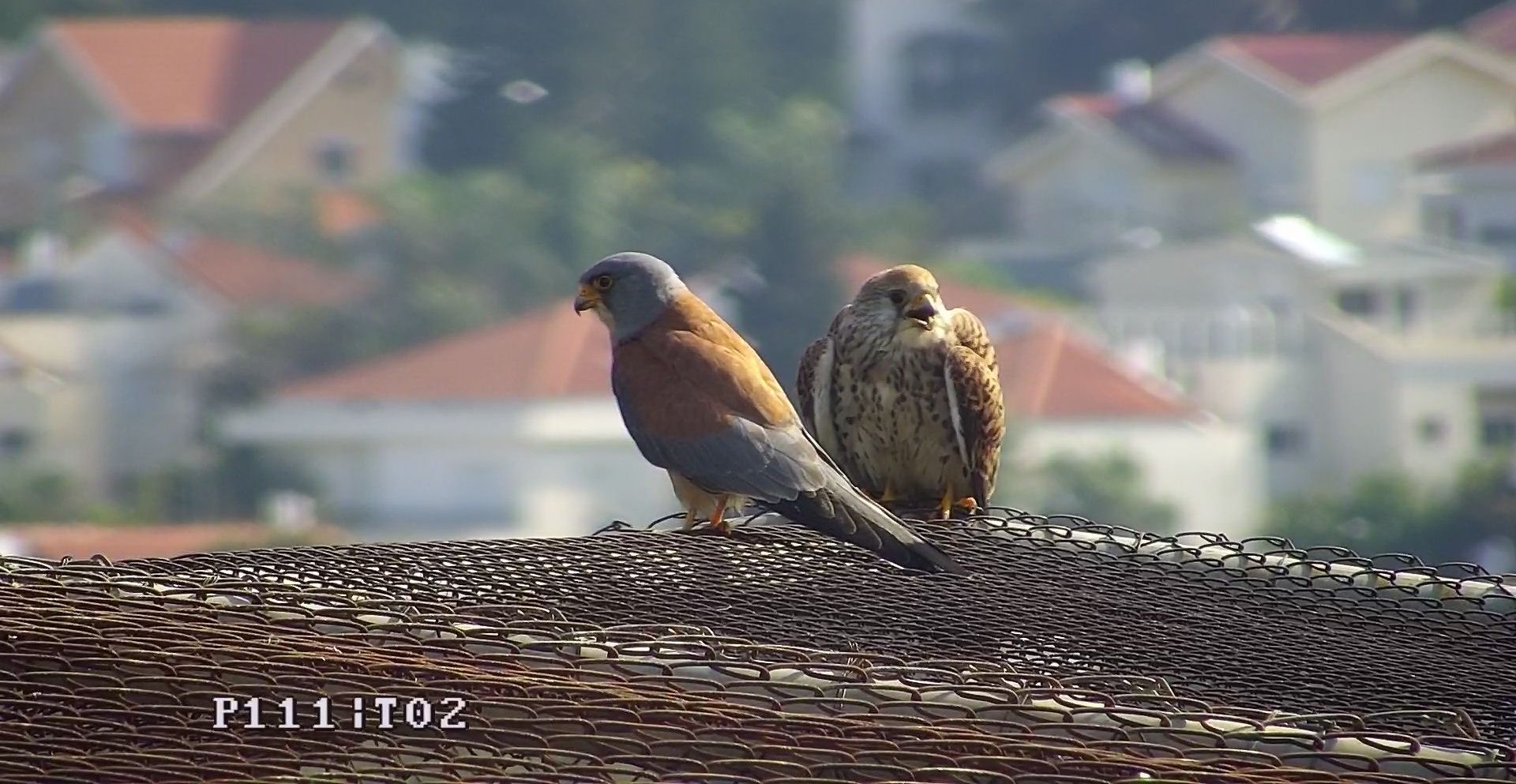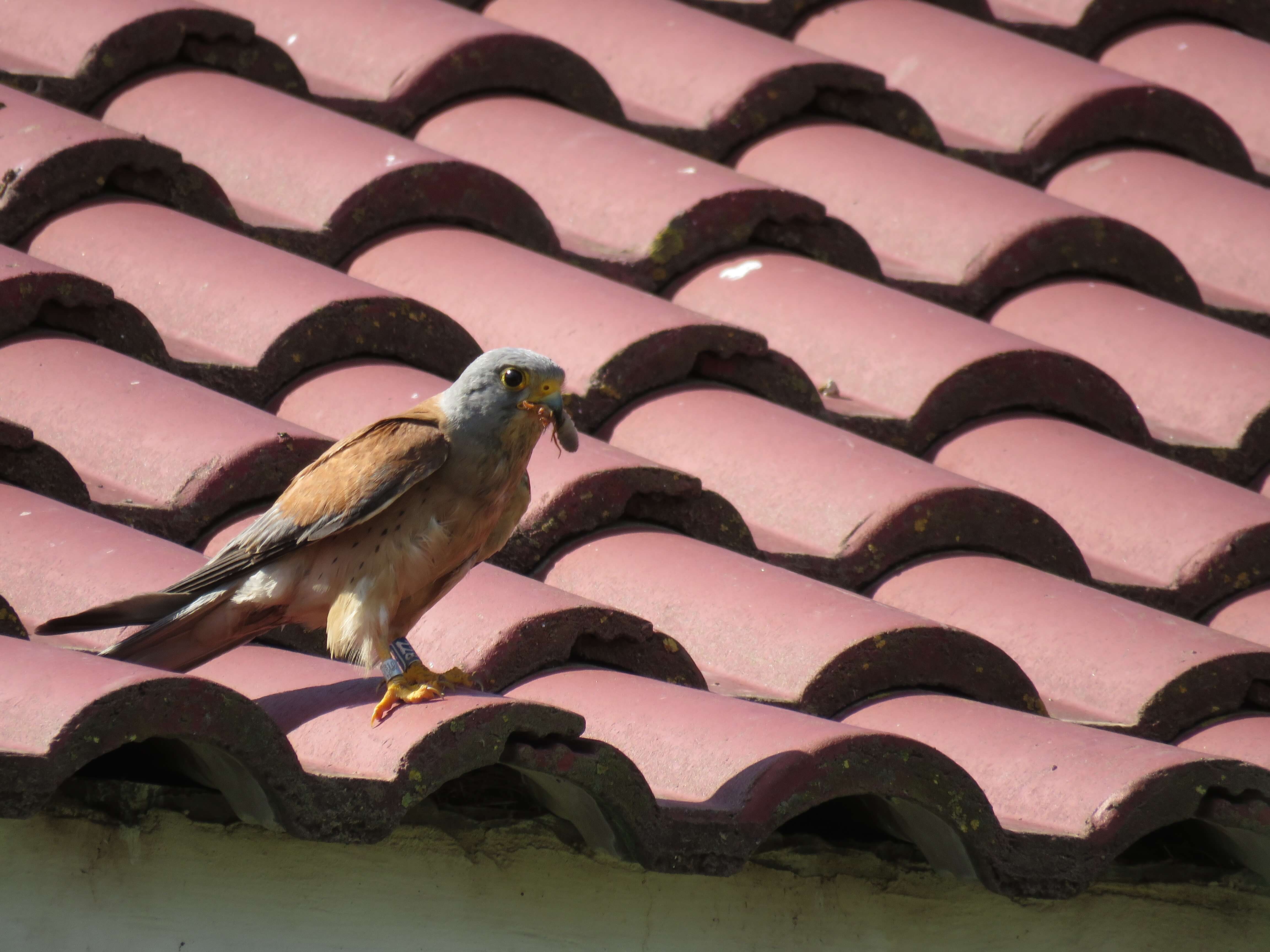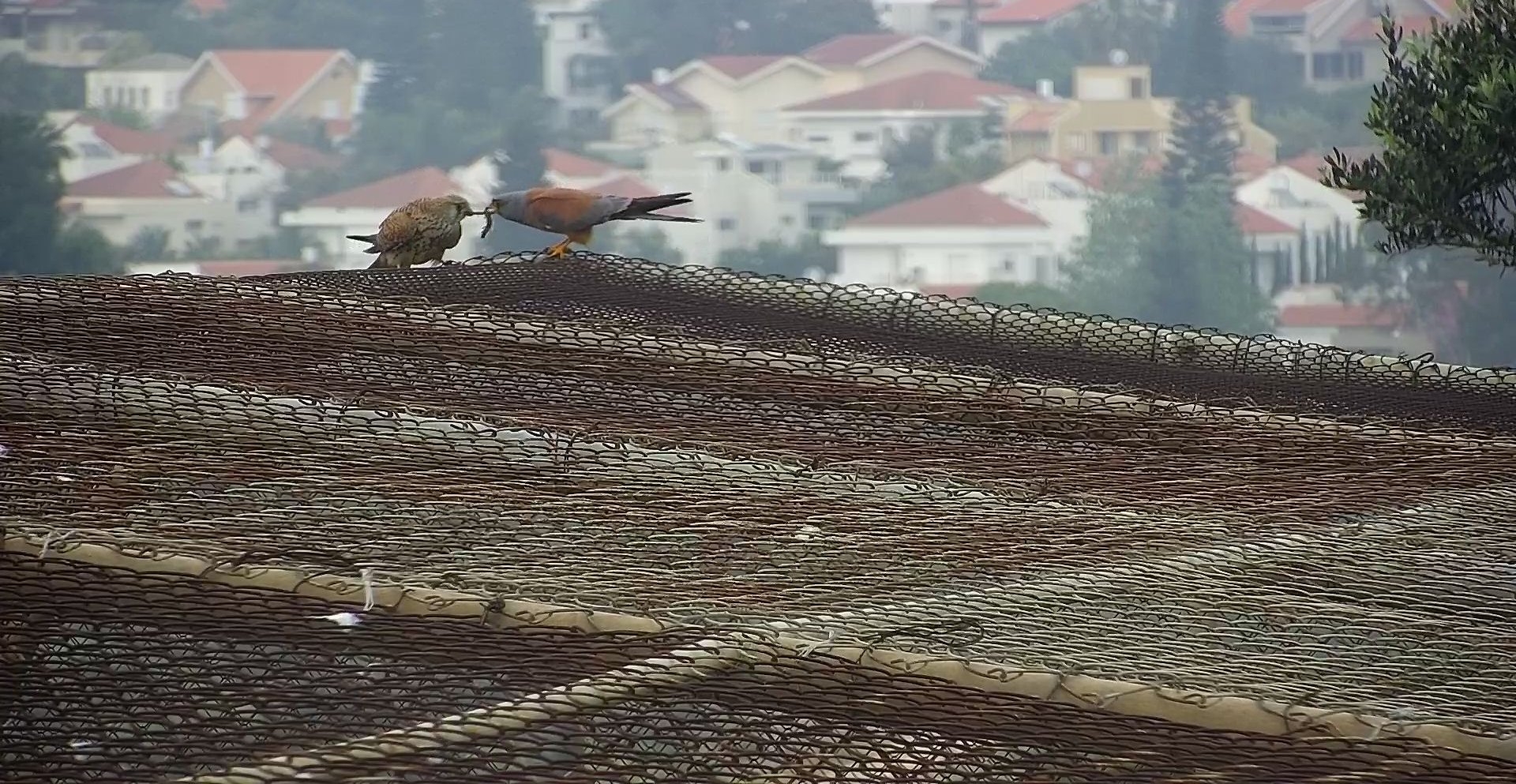Ramat Hanadiv and the Lesser Kestrel (Falco naumanni)
Acceptance, rehabilitation and release of chicks and fledglings at Ramat Hanadiv
 News and Events
News and Events
Acceptance, rehabilitation and release of chicks and fledglings at Ramat Hanadiv

Background
The lesser kestrel (Falco naumanni) is a small, migrating raptor that reaches Israel in early February, breeds in spring and leaves in early summer. Not much is known about the migration routes of this species; even less is known about the migration routes of the individuals breeding in Israel.
Globally, the state of this species was recently upgraded by the IUCN from ‘vulnerable’ to ‘least concern’ following positive trends in its populations around the world. At the regional and national level, its status was recently upgraded formally from ‘vulnerable’ to ‘near threatened’, following an increase in population size (Meroz et al. 2017).

In Israel, the population size fluctuates between years and the general trend is not entirely clear, but in the past the number of breeding pairs was determined to be decreasing steadily over time (Perlman 2013), and in some places (for example, Jerusalem) the kestrels have stopped breeding completely. Conversely, in the Ramat Menashe region, an overall positive trend in the number of breeding pairs has been observed in recent years. Of course, it appears that the population is growing and has stabilised, but it is much smaller than the population that bred in Israel until the mid-20th century.
For many years, Ramat Hanadiv has participated in the efforts to strengthen the population; there is documentation of acceptance and ringing of lesser kestrels at Ramat Hanadiv since 2006. As part of this activity, dozens of lesser kestrel individuals are brought to Ramat Hanadiv for treatment each year – most of them are chicks and fledglings that have fallen out of their nests and a few are injured adults.
Part of the challenge of conserving the kestrels is related to their migratory

habit. They fly to other places, where we cannot control what happens. This challenge is all the more difficult for the lesser kestrel, because we do not know where it goes. In an attempt to understand the kestrels’ movements we attached a transmitter to a female lesser kestrel. Unfortunately, we did not receive much data but the little that reached us was surprising. We learned that this lesser kestrel flies to Turkey instead of South Africa, as was previously thought. This doesn’t mean that it overwinters in the north, because we know of many cases of raptors that first fly north and then continue south. Unfortunately we lost track of this female lesser kestrel.
Since we know little about the population and about the survival of chicks in nature in general, and survival of the chicks that reached us and were released, identification of a chick that survived is a very exciting event.
Over the years, evidence has accumulated on two such cases. During the 2018 breeding survey of the Society for Protection of Nature in Israel, a male lesser kestrel was observed at Givat Nili with a blue ring and code number 228. Using this code we checked our records and learned that this individual was found as a fledgling at Kibbutz Dalia early in the 2015 season and was released at Ramat Hanadiv in June of the same year.
During June 2017 we found a female lesser kestrel that had entered one of our cages and become trapped inside. According to its ring, we learned that it had been ringed as a chick in 2016 in a nesting box at Ein Hashofet. The chick fell and was transferred to a hospital; when it had grown it was transferred to the acclimation cage at Ramat Hanadiv. After about two weeks in the cage, in late June 2016, it was released.
You’re welcome to watch the live broadcast through the YouTube channel maintained by the Charter Group of Wildlife Ecology.
Any question? We will be glad to help
We have worked hard to make our buildings, infrastructure and service accessible to special sectors of the population so that everyone can enjoy an accessible and enjoyable visit to the Memorial Gardens and Nature Park.
In 2015, Ramat Hanadiv established the Partnership for Regional Sustainability, aiming to combine forces for the quality of life in the region.
The picnic area is located near the secondary parking lot. You are welcome to spend time there before or after your tour of the Gardens.